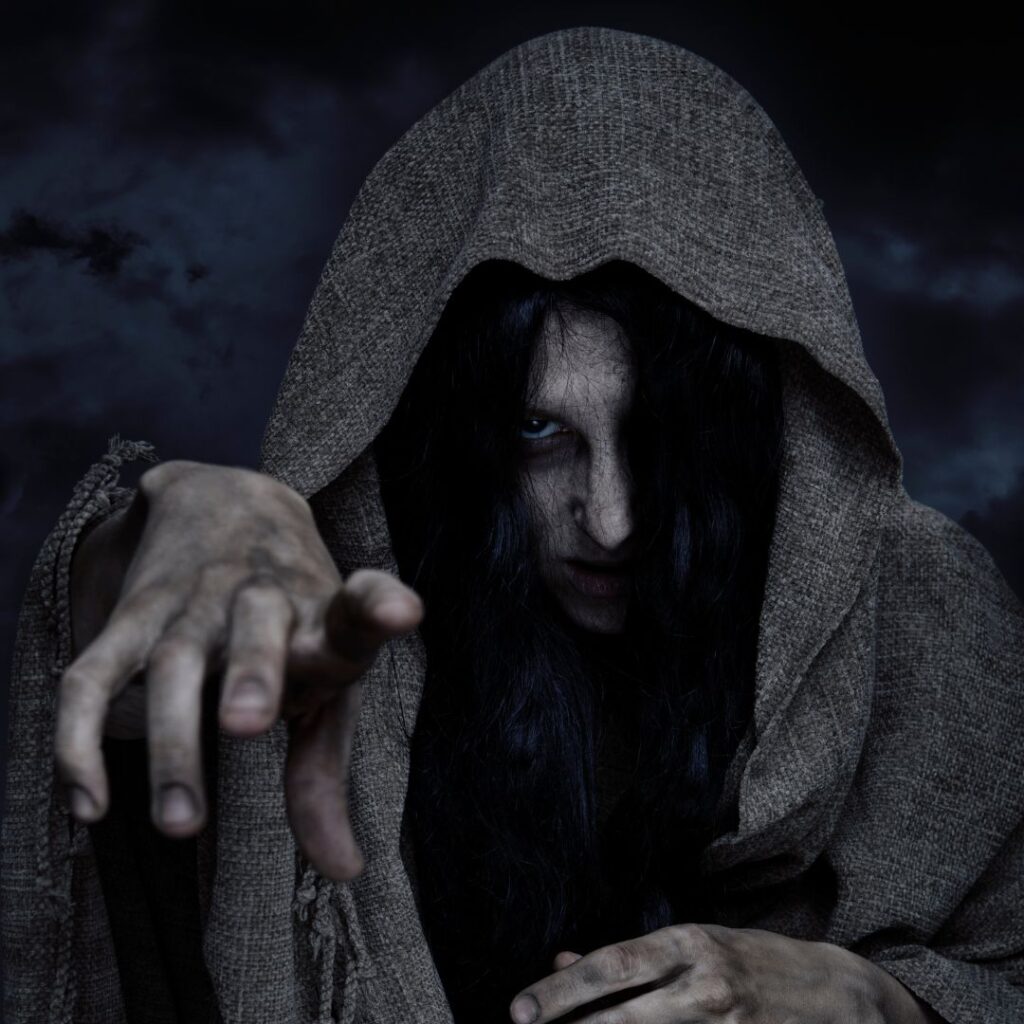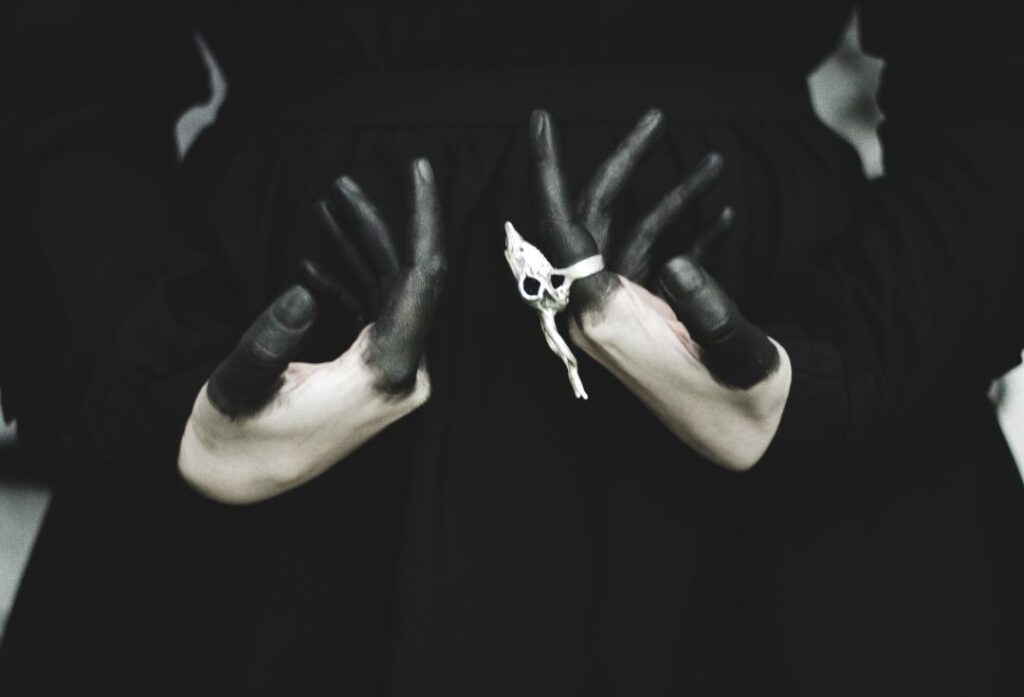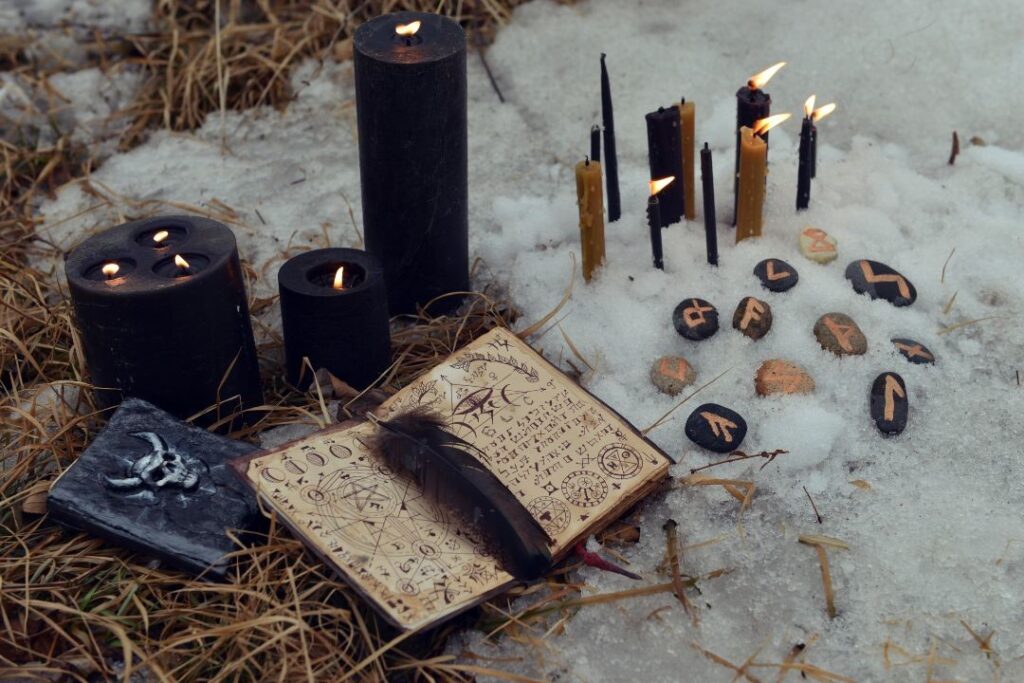👻 Vetrarnætur 👻
Haga clic aquí para leer este artículo en español.
Did you know Halloween has deep roots in both Celtic and Nordic traditions?
Halloween is an offshoot of the Irish pagan festival Samhain. But around the same time of year, in october, the pre-Christian Nordic countries also had their own version: a three-day festival known as Winter Nights, or Vetrarnætur.
This marked the beginning of the year, since in the old Norse calendar, winter was the true start of the cycle. People gathered to celebrate, play games, and honor the turning of the seasons.
Winter, in old Norse culture, was seen as a feminine season, associated with death, the spirit world, and magic. Summer, on the other hand, was masculine — linked to trade, travel, and war.
In some areas, this was also the time for Dísarblót — a ritual sacrifice to the dísir, powerful female spirits or vættir believed to ride through the night in a wild procession. In other regions, offerings were made to Frey or even the elves.



With this considerable seasons shift where mother nature is diverting from the green and warmth of summer to the darkness and cold of winter, it was believed that in that liminal time the veil between worlds was thin and therefore the possibility arose of mysterious events to occur and communication with the dead.
That’s why many practiced seidr, a nordic shamanic ritual, and performed divinations for the year ahead. So, the norse seeresses, völvur and shamans were especially active during this season.
And here’s something you’ll recognize: during this time, people would wear costumes — not for fun, but for protection. The idea was to disguise yourself, so the spirits of the dead wouldn’t recognize you as a living human. If they thought you were one of them, they’d leave you alone.
So the next time you put on a Halloween costume…
You’re actually taking part in a much older and more folkloric tradition than you might think. 🍂✨